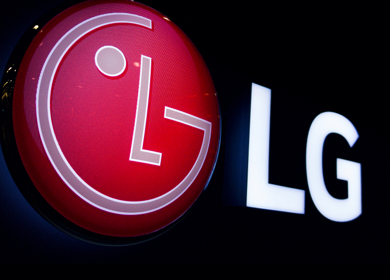The Rise of Video and Audio Marketing Mediums
Published: December 27, 2022

Video and audio content have both benefited the marketing industry in numerous ways. Instead of consumers staring at a dull landing page, sound and visuals pave the way for the future of marketing.
Video and audio attract a younger audience. In addition, these formats also allow brands to run campaigns that emotionally resonate with audiences more than other ad choices offered by digital publishers.
As a result, publishers have started expanding their video and audio inventory by providing brands with a broad spectrum of ad choices. Audio and video ads also fit into mobile-first and content-based feeds that most audiences prefer today. The versatility of these ad mediums has further fueled their appeal for marketers wishing to reach consumers where they are most engaged.
According to research from Wyzowl, 92% of marketers believe that video will play an essential role in marketing over the coming years. Additionally, Statista has reported that, spending on video advertising is expected to grow at an annual rate of 12.06% from 2022 to 2027, for a projected market volume of $318.8 billion by 2027.
Like video, audio formats, particularly podcasts, are also seeing massive growth potential with advertisers.
Spotify is among the most popular ways consumers listen to podcasts, along with YouTube, where audiences watch video-led and hybrid podcasts. Meanwhile, subscription publishers are introducing habit-building podcasts, as with The New York Times and The Daily.
The most exciting things in video today are improved engagement and high-quality editorial video content that allows us to do a lot more with engaging ads. We can do a really important job of helping engage the right users with the right components of that broad spectrum of advertiser offering, including podcasts and video.
Craig Hughes, VP, Corporate Development
Outbrain
Audio and Video all set to become a Mainstay of Media Mix
It’s evident that video and audio content remains supreme above many other ad channels. Whether you are a Millennial, Gen Z or a Baby Boomer, everyone can agree that video and audio content can be useful and, of course, entertaining.
Both video and audio mediums provide a tremendous window of opportunity for marketers to reach audiences at both a wide and niche scale. Marketers can employ video ads for broad reach and awareness as well as drive interest with hyper-targeted ads.
The proliferation of short-form videos in social channels, in particular, has made it easier for brands to create bite-sized videos. Besides, video assets can also be used across other digital channels such as CTV.
On the other hand, digital audio and podcasts also have a distinct advantage over other media because they can be easily consumed on the go.
In fact, Nielsen estimated that 79% of audio consumption took place when people were engaged in activities where visual media could not reach them. For activities such as driving, walking, exercising, etc. where visual advertising engagement won’t work, brands can tap into audio marketing.
Such opportunities allow brands to combine the power of video and audio mediums in their omnichannel media mix to build brand awareness and strengthen customer relationships.
Adding audio and video content to the digital marketing strategy can seem overwhelming at first, but it really doesn’t have to be. It’s just another channel that can be leveraged to deliver repurposed content from already available digital assets. With the technology we have available today, it can be easy to get started on a budget of any size. However, the key to success is keeping your audiences' persona top-of-mind and structuring content to satisfy the emotive storytellers in all of us.










Be the first one to comment.